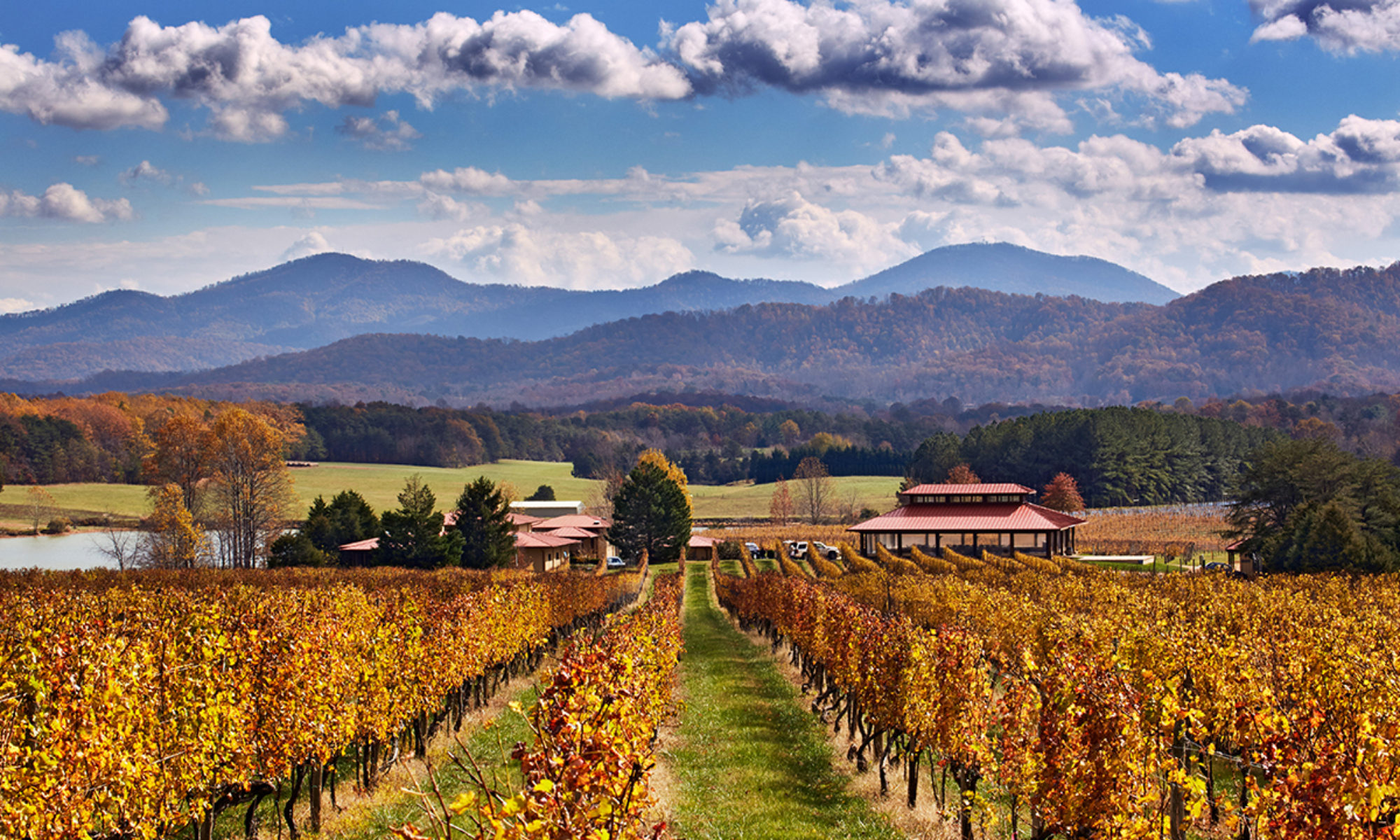Located in Spotsylvania Courthouse, about five miles West of Interstate 95, Mattaponi is a unique venue: a Native American winery. Owner Janette Evans is of Cherokee Heritage (not Mattaponi), and several of the wines carry Algonquian names (Mattaponi being an Algonquian language). The small family-owned winery, focused on fruit wines, originally opened in 2007 in the living room of the Evans’ log cabin. In 2014 a larger tasting room opened.
Wine. Tier III. Mattaponi’s Chardonnay was awarded a Bronze Medal at the 2020 Virginia Governor’s Cup state-wide wine tasting competition. Dessert wines with Algonquian names include Odeimin, a strawberry wine, a blackberry wine called Makadewamin, a peach wine called Kizismin, and Tibik–Kizismin, a blueberry wine. Grape-based white wines include chardonnay, Riesling, and Wabamin, a semi-dry wine made from the Niagara grape. Red wines include cabernet sauvignon, cabernet franc and Miskwamin, whose name means “red berry” and is made with Concord grapes. Pow Wow is a chocolate-covered strawberry wine. Mike Evans is the wine maker.
Setting. The new tasting room is in a 3,000 square-foot building, which can accommodate up to 100. A wraparound porch enables sitting outside or local bands to play.
Stories. The Mattaponi Tribe. The Mattaponi were a branch of the Pamunkey group of tribes, and one of six tribes whose control was inherited by Chief Powhatan in the late 16th century. They were identified by name by John Smith as early as 1607. The Mattaponi are distinguished by a continuity that very few eastern Native American tribes have managed to achieve. Tribe members still live on the original Mattaponi Reservation, that stretches along the borders of the Mattaponi river, which was created back in 1658 by an act of the Virginia General Assembly, making it one of the oldest Native American reservations in the country. The tribe is one of only two Virginia Native American tribes in the state that owns reservation land it has held since the colonial era. Though there have multiple attempts to take the tribe’s land, and the reservation’s size has shrunk, is still lies where it was originally created – a rarity for reservations. Tribal rolls number 450 people, though only 75 live on the 150-acre reservation. Facilities on the reservation include living quarters, a small church, a museum, the Fish Hatchery and Marine science Facility, and a community tribal building that was formerly the reservation school. There is a separate Upper Mattaponi tribe, which has a 32-acre reservation in Hanover County, and which was formally recognized as a tribe of Virginia only in 2017. Another aspect of continuity: in 1646 the Mattaponi began paying tribute to an early Virginia governor; this practice continues to the present day, when on the fourth Wednesday of November the tribe presents game or fish to the governor of the Commonwealth of Virginia.
